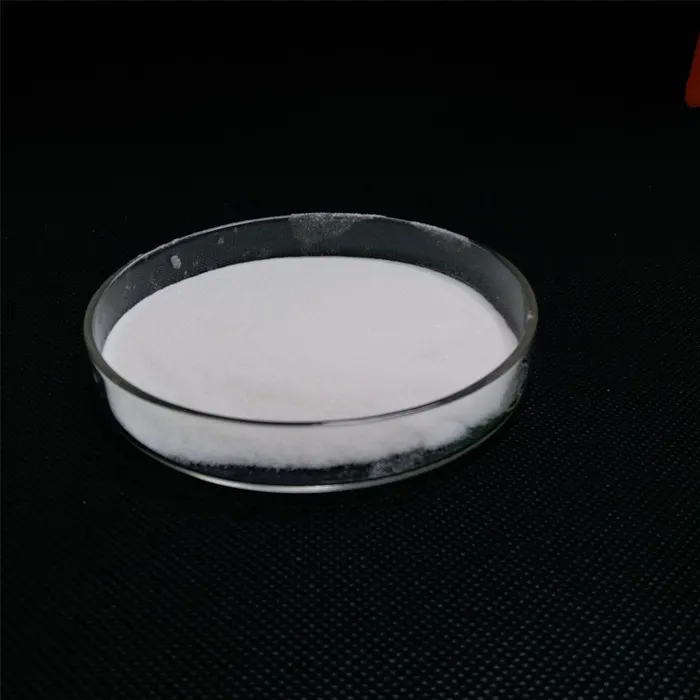Understanding API in Pharmaceutical Analysis
In the realm of pharmaceutical science, the term API stands for Active Pharmaceutical Ingredient. An API is the component of a medication that is biologically active and is responsible for the therapeutic effect of the drug. Understanding the role and characteristics of APIs is fundamental to pharmaceutical analysis, which ensures the quality, safety, and efficacy of medications before they reach the market.
APIs can be derived from various sources, including natural products, synthetic processes, or biotechnology. The development of an API involves intricate processes of research, synthesis, and validation. It must meet stringent regulatory standards established by health authorities, such as the U.S. Food and Drug Administration (FDA) and the European Medicines Agency (EMA). These standards ensure that APIs are produced consistently and are free from contaminants and impurities.
Pharmaceutical analysis plays a critical role in API development and quality control. Various analytical techniques are employed to characterize APIs, assess their purity, and determine their potency. Common methods include chromatography, mass spectrometry, and infrared spectroscopy, each providing unique insights into the chemical composition and properties of the API.
api stand for in pharmaceutical analysis

One of the primary goals of pharmaceutical analysis is to identify any impurities that may be present in the API. Impurities can arise during the synthesis process or from degradation over time. Identifying and quantifying these impurities is essential because they can affect the drug's overall safety and efficacy. Regulatory agencies require detailed characterization of APIs to ensure that any potential risks associated with these impurities are well understood.
Moreover, the pharmacokinetics and pharmacodynamics of the API must be thoroughly examined. Pharmacokinetics deals with how the drug is absorbed, distributed, metabolized, and excreted in the body, while pharmacodynamics focuses on the drug's biological effects. Understanding these aspects is vital for establishing dosage forms and regimens that optimize therapeutic outcomes.
Additionally, stability testing is another critical aspect of pharmaceutical analysis concerning APIs. Stability studies assess how well the API maintains its integrity under various environmental conditions, ensuring that it remains effective throughout its shelf life.
In conclusion, APIs are the cornerstone of pharmaceutical development, and their analysis is an essential component of the drug approval process. Through rigorous testing and evaluation, scientists ensure that APIs meet the highest standards of quality and safety, ultimately leading to the successful manufacture of effective medications. As the pharmaceutical industry continues to innovate, ongoing advancements in analytical techniques will further enhance our understanding of APIs, paving the way for the development of new and improved therapies.

